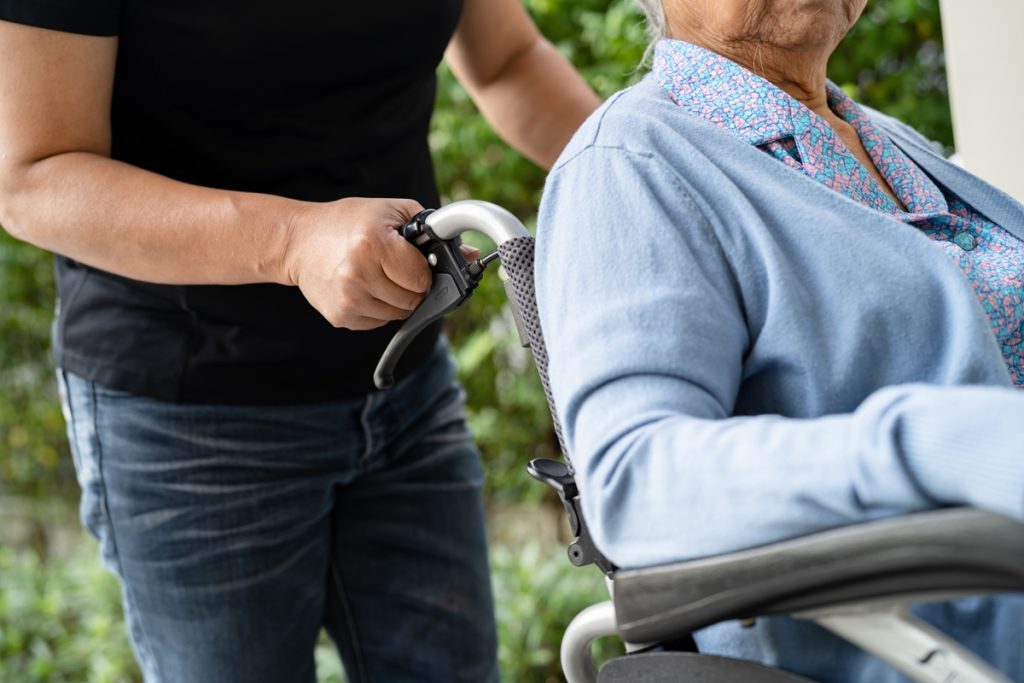How Do Home Safety Assessments Work?

A home safety assessment is a professional evaluation of your home to identify potential hazards, structural risks, and health concerns, often focusing on injury prevention, code compliance, or environmental safety. These assessments can be done for general safety, aging in place, childproofing, fire prevention, or pre-purchase inspections.
🔍 How a Home Safety Assessment Works
1. Scheduling and Purpose Identification
-
You contact a licensed professional (e.g., home inspector, occupational therapist, fire marshal, or safety consultant).
-
You define your goal:
-
General safety (trip hazards, structural risks)
-
Senior living / aging in place
-
Baby/childproofing
-
Fire or environmental hazard review
-
Insurance or real estate compliance
-
2. Walkthrough and Evaluation
A specialist visits your home and conducts a room-by-room inspection, checking:
🛋️ Interior Areas:
-
Flooring (tripping hazards, loose rugs)
-
Stairways and handrails
-
Smoke and carbon monoxide detectors
-
Electrical outlets, cords, and lighting
-
Furniture placement for safe navigation
🛁 Bathroom:
-
Slip-resistant mats
-
Grab bars and railings
-
Water temperature controls
-
Accessibility concerns
🍳 Kitchen:
-
Fire extinguisher placement
-
Stove safety (gas/electric)
-
Ventilation
-
Chemical storage
🚪 Exits and Entrances:
-
Ease of access
-
Visibility
-
Locks and security
-
Emergency exit planning
🧯 Safety Systems:
-
Smoke and CO detector function
-
Fire escape plans
-
Alarm systems
-
GFCI outlets near water sources
🌳 Exterior:
-
Walkways and driveways
-
Outdoor lighting
-
Yard hazards (pools, tools, fencing)
-
Pest or mold risks (in some inspections)
3. Reporting
-
You receive a written report outlining:
-
Identified hazards
-
Suggested upgrades or repairs
-
Urgency levels (e.g., immediate safety risk vs. recommended improvement)
-
Photos and checklists (optional)
-
4. Recommendations or Referrals
-
Some assessments include product recommendations (e.g., handrails, smoke alarms, non-slip flooring).
-
If issues are found, they may refer you to:
-
Licensed electricians, plumbers, or contractors
-
Accessibility experts
-
Environmental testing (e.g., lead, asbestos, radon)
-
🏡 Who Performs Home Safety Assessments?
| Professional Type | Use Case |
|---|---|
| Home Inspector | General home condition & safety |
| Occupational Therapist | Aging-in-place / disability accommodation |
| Fire Marshal | Fire prevention & code compliance |
| Childproofing Specialist | Baby/toddler safety |
| Environmental Tester | Lead, asbestos, radon, mold |
💲 Cost of a Home Safety Assessment
| Type | Typical Cost |
|---|---|
| General Safety Check | $150 – $300 |
| Full Home Inspection | $300 – $600 |
| Aging-in-Place OT Visit | $100 – $250 |
| Environmental Testing | $250+ (per hazard) |
✅ When You Should Get One
-
Buying or selling a home
-
Preparing for an elderly family member to move in
-
After a fall, injury, or near-miss
-
Childproofing a new home
-
Following a renovation
-
Living in an older home (pre-1980)




